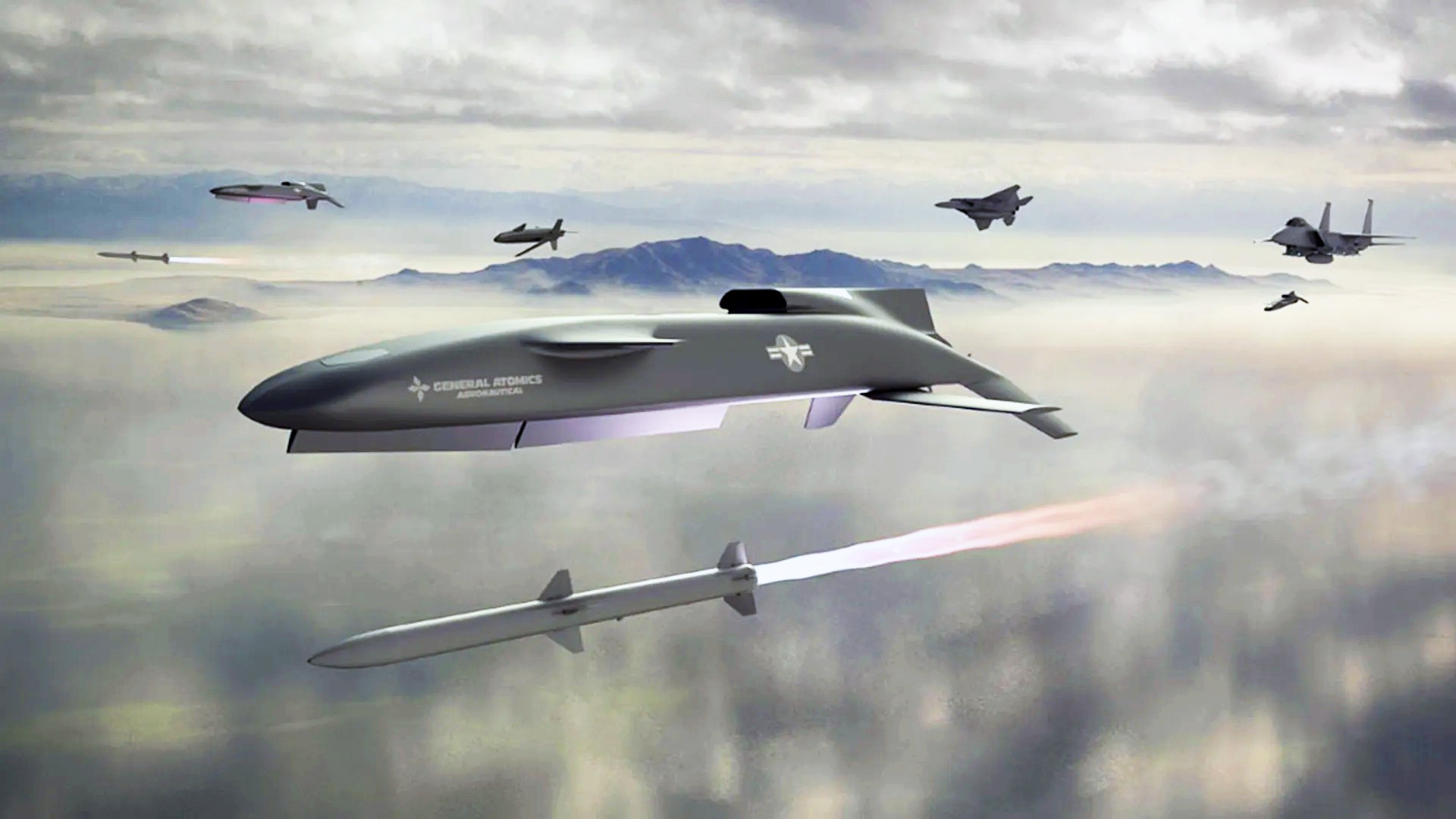La US Air Force está avanzando en el desarrollo de un sistema de drones de combate aerolanzables, para integrar escuadrillas que trabajen en equipo con aeronaves tripuladas. El programa es denominado Collaborative Combat Aircraft (CCA). Estos CCA están en línea con la visión a largo plazo de esa fuerza aérea, que busca disponer de herramientas con efectos disruptivos en el combate aéreo futuro, presentando a los enemigos nuevos desafíos y amenazas para las cuales las plataformas de combate actuales no están preparadas. Sin embargo, se reconoce también que este ambicioso programa tiene aún muchos aspectos tecnológicos y operacionales por superar. Empresas como General Atomics y Anduril, están trabajando en la primera fase del programa CCA “Increment 1”. La US Air Force espera adquirir entre 100 / 150 unidades de esta versión en desarrollo para su evaluación.
The U.S. Air Force is looking into the idea of air-launching Collaborative Combat Aircraft (CCA) drones from other airplanes in addition to other ways of reducing dependence on traditional runways. Air-launched CCAs also fit in with the service’s larger vision of CCAs having a disruptive impact on future aerial combat and presenting enemies with new challenges to address. At the same time, launching CCAs from mothership aircraft would present other operational challenges and limitations that would have to be overcome.
Air Force Maj. Gen. Joseph Kunkel raised the possibility of procuring air-launched CCAs on May 8 during a virtual talk hosted by the Air & Space Forces Association’s Mitchell Institute for Aerospace Studies. Kunkel is currently Director of Force Design, Integration, and Wargaming and Deputy Chief of Staff for Air Force Futures at the Air Force’s headquarters at the Pentagon.
The Air Force’s CCA program is being run in iterative development cycles. General Atomics and Anduril are currently developing what have now been designated as the YFQ-42A and YFQ-44A as part of the program’s first phase, Increment 1. Requirements for the follow-on Increment 2 are now in the latter stages of being finalized, and Kunkel has previously said his service may be leaning toward lower-cost and less complex designs for the second tranche. The Air Force has said it is looking to acquire between 100 and 150 Increment 1 CCAs, and around 1,000 of the drones, at least, across all the future increments.
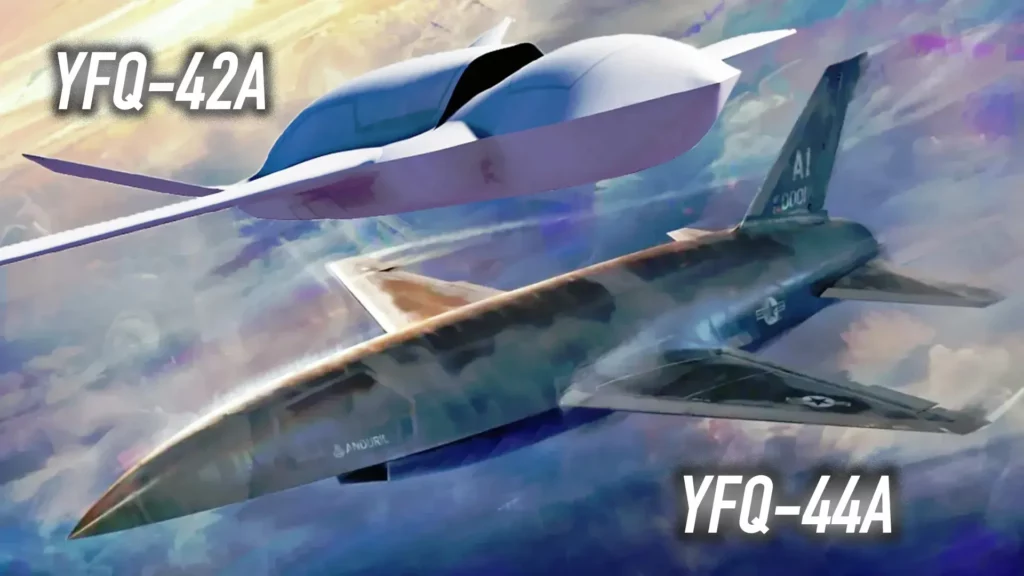
“As you look at how we generate combat power and the number of sites we can use, there’s something to a shorter takeoff length, and there’s something to vertical takeoff,” Kunkel said. “We [have] got to figure out what that takes, because generally, when you do a vertical takeoff aircraft, you decrease the payload, you decrease the range. And so there’s a balance that we need to strike here as we’re thinking about how we generate combat power, how survivable it is, but then what the requirements are on the aircraft in terms of payload and range? But we’re absolutely looking at that and what it takes.”
“We’re also looking at, maybe we don’t generate them [CCAs] from the ground at all,” he continued. “Maybe we generate them by dropping them out of the aircraft. And so those are, those are all concepts we’re looking at. But you’re absolutely right. We don’t necessarily want to be tied to air bases for our CCAs.”
YFQ-42A and YFQ-44A are both designed to take off and land from traditional runways, but are already being engineered from the ground up to align with the Air Force’s Agile Combat Employment (ACE) concepts of operations. ACE focuses heavily on the ability to deploy in irregular ways to a disaggregated array of operating locations, which include remote sites with limited infrastructure. This, in turn, helps upend enemy targeting cycles and reduces vulnerability. General Atomics has previously said the YFQ-42A incorporates specific design features that could help with operations from shorter and less well-maintained runways. The Fury design that serves as a base for Anduril’s CCA, originally developed by Blue Force Technologies, also has features that allow for shorter field performance.
TWZ regularly highlights how CCAs with complete runway independence, or at least independence from traditional airstrips, could be especially attractive additions in the context of the ACE construct. Beyond being less vulnerable to attacks that will stop their operations, runway-independent CCAs would be able to launch and/or recover from a much larger pool of potential operating locations, which could create even more uncertainty for opponents.
Air Force officials have made clear that they expect to have to be able to fight while under attack during any future high-end fight, such as one against China in the Pacific. Based on prior discussions about expected range capabilities, at least for CCA Increment 1, airfields that would put the drones within direct reach of likely operating areas in the Indo-Pacific region would be especially vulnerable to enemy bombardment.
“We know that the adversary is going to try and target our bases,” Kunkel said last week in an obvious reference to China. “For the last 30 years, they’ve developed a rocket force. They’ve developed cruise missiles and ballistic missiles, and all these things are meant to counter our bases, meant to keep us from reliably generating combat power from bases. One of the ways to thin out the adversary’s mass is to put yourself in multiple locations.”
So, “the ability to achieve air superiority in the future is going to be more complex, and there’s a couple things that we’re going to need. We’re going to need mass, and we’re going to need some type of affordable mass that can counter our adversaries where they are. And so CCAs help us out with achieving affordable mass,” he continued. “The other thing that CCAs do that some people often overlook is they increase complexity for the adversary.”
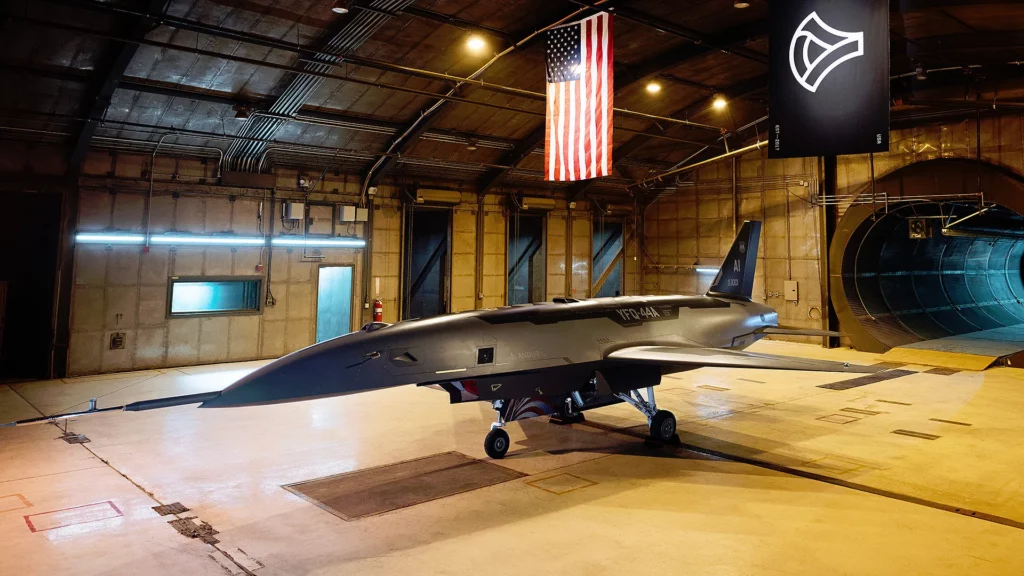
“As an air-to-air guy, you know that the easiest threat picture to counter is the ‘Hey, diddle, diddle up the middle,’” Kunkel continued. With “the ability to position CCAs and posture them in different places in a theater, you can increase the complexity of the picture that our adversaries see dramatically. And so that’s another point that we’ve found, is increasing dilemmas for the adversary, increasing the complexity of the picture that they’re going to see, increasing the complexity of what it takes for them to counter us.”
Being able to air-launch at least some types of CCAs would only add to the complexities for a defender, who might suddenly find themselves facing a force that has multiplied substantially from what was originally seen on their sensors. Drones launched in mid-air could also approach a target area from multiple vectors at once or break off from the main group to head to a different adjacent operating area.
Less survivable aircraft could also air-launch CCAs from rear areas and send them into higher-risk zones where more survivable aircraft like crewed stealth fighters could then take control. Air-launched CCAs could also offer valuable added on-station time for more localized missions like defending high-value, but more vulnerable assets, such as airborne early warning and control, tanker aircraft. These aircraft could even be launched on warning only when needed after a threat is detected.
A very long-range and stealthy platform with a high payload capacity, like the forthcoming B-21 Raider bomber, might also be able to extend its reach even further by launching CCAs inside highly contested airspace. This could be for defense or offensive mission needs. The Air Force has separately been exploring how CCAs might pair with the B-21, in general. The Air Force also has a formal agreement with the Navy and the Marine Corps regarding the development of CCAs that includes a requirement for a common architecture that allows for seamless exchange of control during operations.
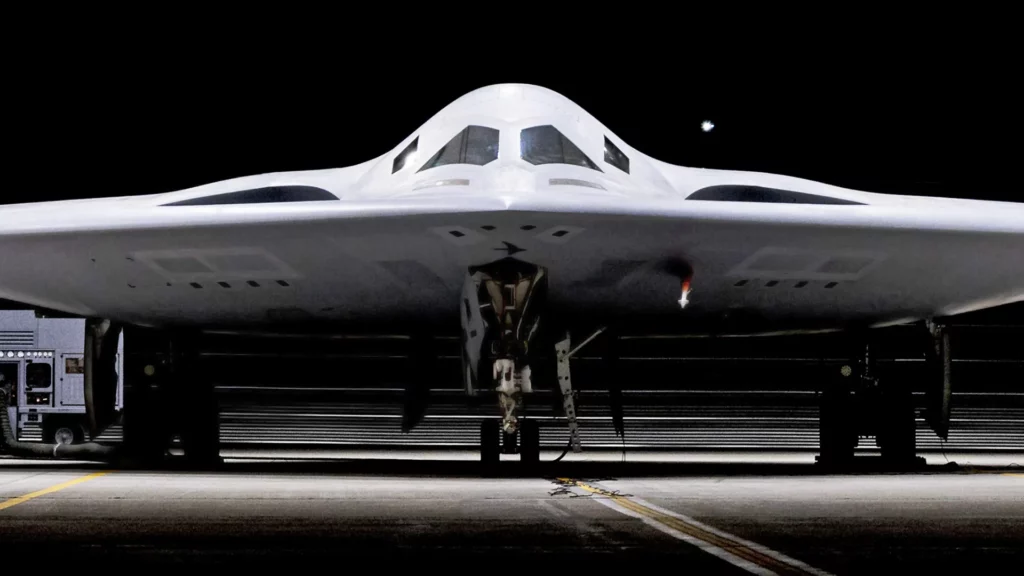
“So as we’re charting our path, they’re charting their path, and you’ll see that we’re going down the same road,” Kunkel said. “What we really want to get ourselves to is this interconnectedness, and this being able to pull up to a CCA, whether it’s an Air Force CCA or a Navy CCA, and being able to operate it.”
“As you look at CCAs, they’re going to be up in the sky, and there’s going to be opportunities to be controlled by multiple different aircraft,” he added.
All of this still leaves open key questions about where and how air-launched CCAs might be recovered after missions, especially if bases closer to operating areas are deemed too high risk or if missions take the drones deep inside contested airspace. Any need to save range capacity to be able to recover at a location further away from hostile threats would trim back a drone’s useful combat radius and limit on-station time after it arrives at its designated objective area. How those drones would be regenerated for other air-launched missions once recovered at remote locales is also another question that needs to be answered.
Mid-air refueling capability is something that’s been on the table for future CCAs, wherever they are launched and/or recovered from, and that could help extend the time on station and overall reach of CCAs. It could also open up better recovery options for air-launched and ground-launched variants alike. At the same time, this would add complexity to the drone’s design and impact its cost. The U.S. military has also been struggling for years already to meet existing demands for tanker support, which would only grow in scale and complexity in any future high-end conflict. Finding aerial refueling options that can survive in more contested airspace presents its own challenges.
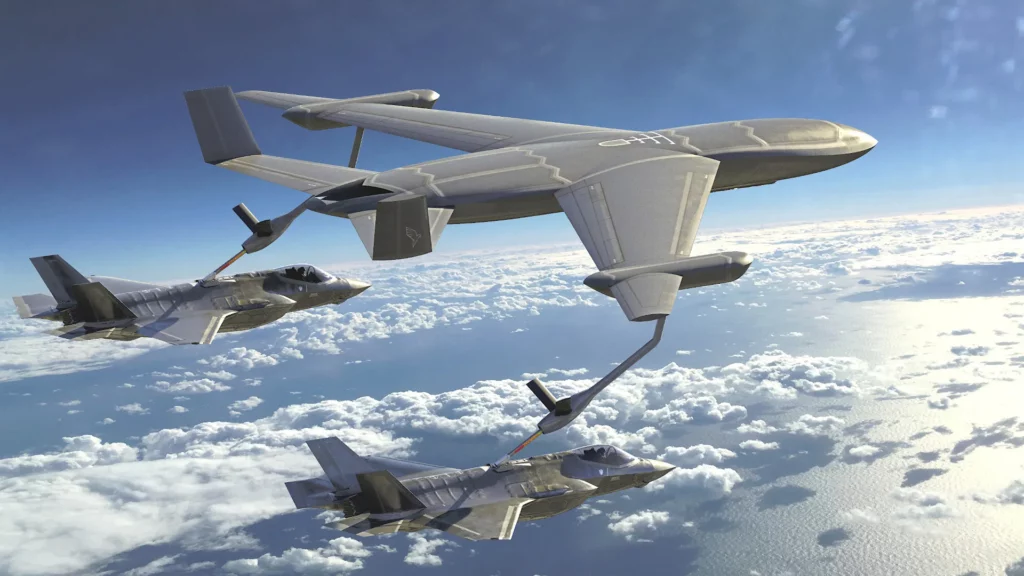
Air-launched CCAs designed to be outright expendable or at least optionally recoverable might be another option, but one that would demand a very low-cost to have any chance of being operationally relevant. It is worth remembering here that the Navy has previously presented a vision for lower-cost CCAs that are “consumable,” and that would be expended as one-way-attack munitions or training targets at the end of very short service lives that can include as few as a handful of missions.
It’s important to note that the idea of air-launching ‘loyal wingman’ type drones is not new, and is something the Air Force in particular has been experimenting with for years now. The Air Force has also been cooperating with the Defense Advanced Research Projects Agency (DARPA) on the LongShot air-launched drone program, the stated goal of which is “to disrupt the paradigm of air combat operations by demonstrating an unmanned air-launched vehicle capable of employing current air-to-air weapons, significantly increasing engagement range and mission effectiveness” of fighters or bombers. In other words, this is an air-to-air missile carrier of sorts.
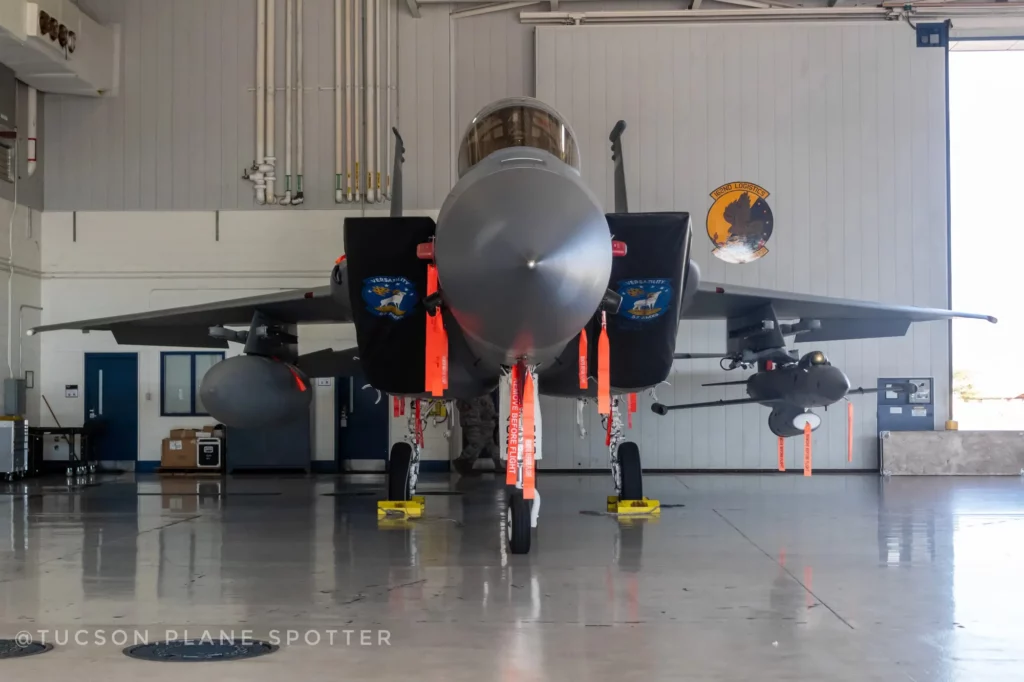
In 2023, DARPA chose General Atomics to continue developing its LongShot design – renderings of which are seen at the top of this story and below – with an eye toward a first flight before the end of that year. As of March 2024, the expected timetable for the drone’s maiden flight had slipped to Fiscal Year 2025, which began last October, per Pentagon budget documents. Whether or not LongShot has flown now is unclear. How LongShot may now tie in to the Air Force’s CCA program is unknown.
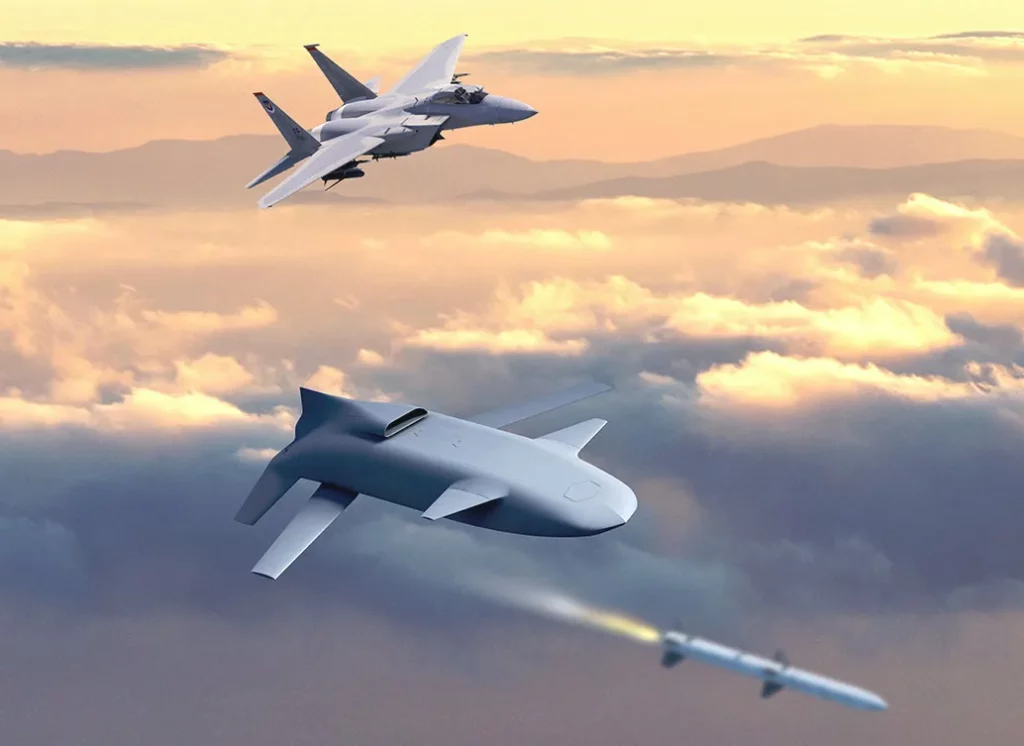
The possibility of air-launched CCAs might also align with what Kunkel said last month about how the program’s focus could be leaning toward lower-cost and less complex drones for Increment 2. As he mentioned last week, there are still questions about capability tradeoffs that could come with various kinds of runway-independent designs.
Regardless, “we want to provide dilemmas for the adversary that they weren’t even thinking of. Everything needs to be a threat.”
The future CCA force, which might include air-launched types, is a central part of that vision.
Fuente: https://www.twz.com

